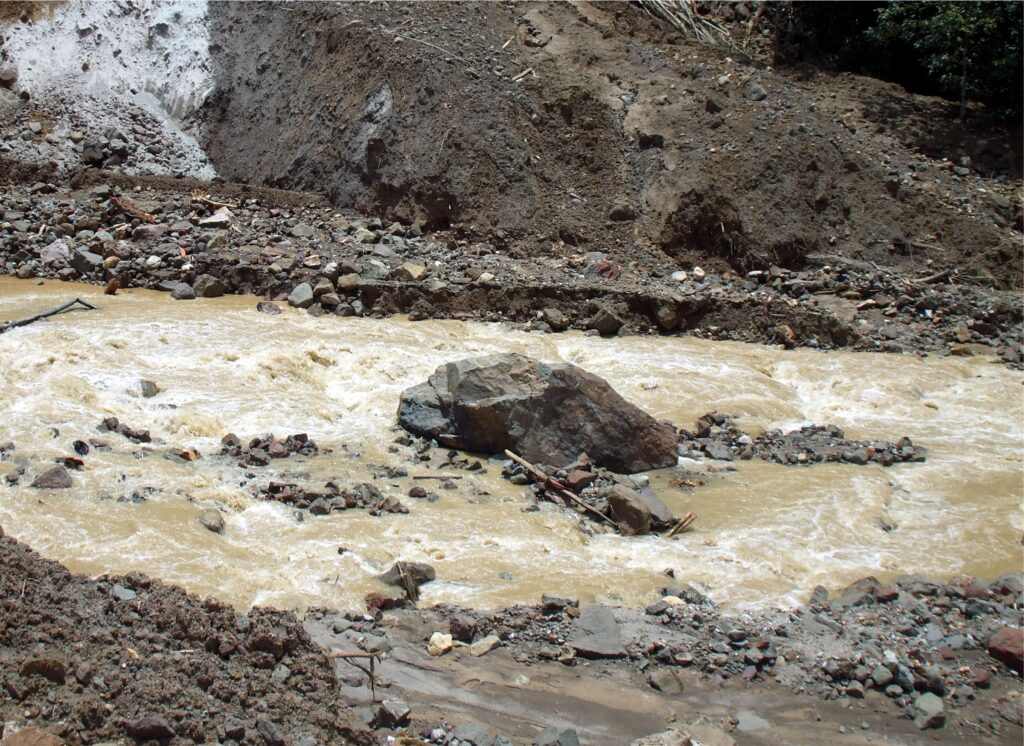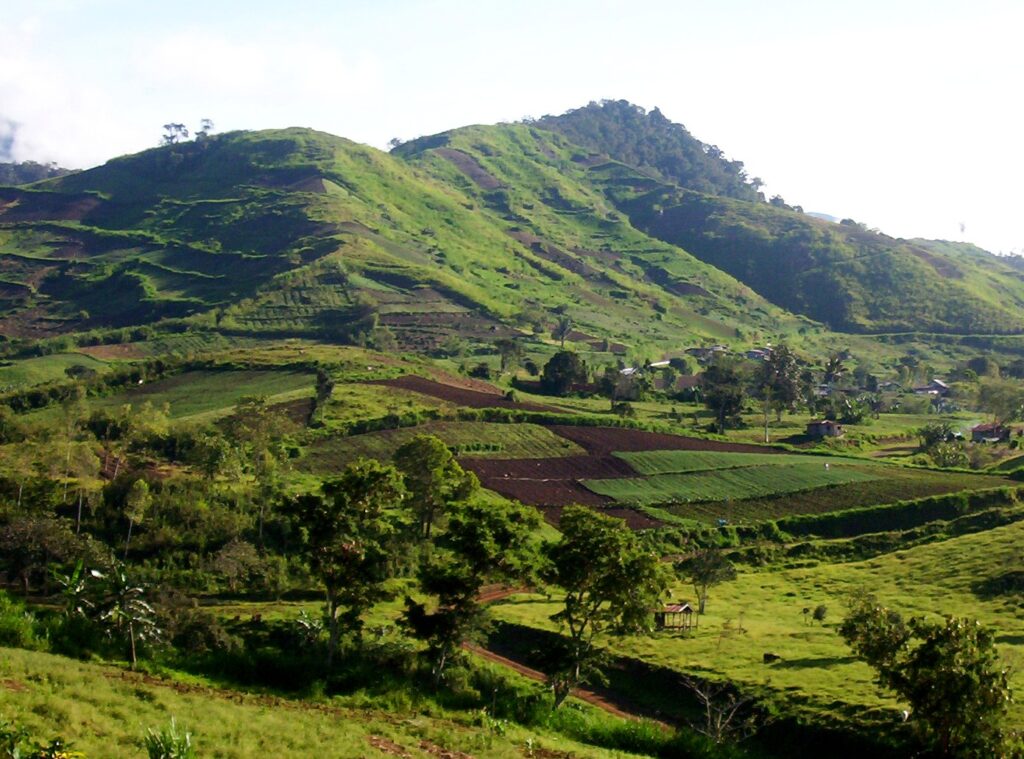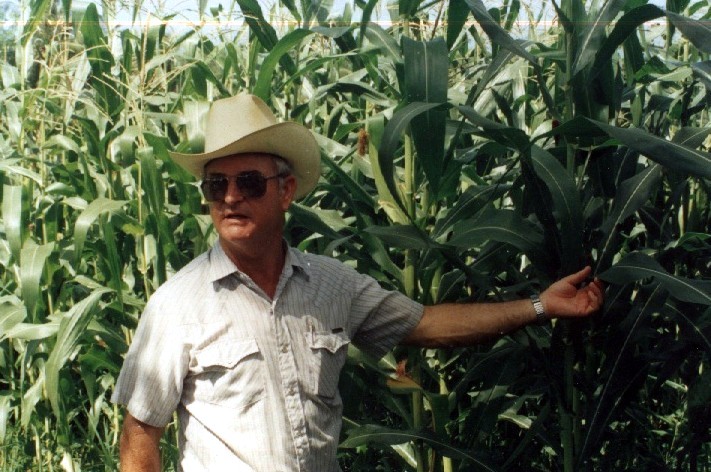Text and Photos by Henrylito D. Tacio
When coronavirus disease 2019 (COVID-19) hit the country in early 2020, one of the things that most Filipinos complained about was not about community quarantine but the lack of food available in the market.
Most farmers stopped going to their farms as they feared they might be infected with SARS-CoV-2, the novel coronavirus which is a distant cousin of severe acute respiratory syndrome.
What most Filipinos don’t know is that the problem has been there even before the pandemic happened. The reason why food production decreased is not just because of the growing population, but it is also due to soil erosion.
I may not be a soil scientist, but Lester R. Brown and Edward C. Wolf are experts on the matter. They are the authors of the book, Soil Erosion: Quiet Crisis in the World Economy, published by Washington, D.C.-based Worldwatch Institute.
According to the two authors, the loss of topsoil affects the ability to grow food in two ways. For one, soil erosion reduces the inherent productivity of land, both through the loss of nutrients and degradation of the physical structure.
For another, soil erosion increases the costs of food production. If you’re at a loss how this happens, the two authors elaborate: “When farmers lose topsoil, they may increase land productivity by substituting energy in the form of fertilizer. Hence, farmers losing topsoil may experience either a loss in land productivity or a rise in costs of agricultural inputs. And if the productivity drops too low or agricultural costs rise too high, farmers are forced to abandon their land.”
Topsoil is related to the earth much as the rind is related to an orange. It is the link between the rock core of the earth and the living things on its surface. It is the foothold for the plants we grow. Therein lies the main reason for our interest in topsoil.

Soil erosion 
Farming uplands
In simpler terms, topsoil is the single most important resource on farmland, which is built up over time. Experts claim it takes 200 to 1,000 years to form 2.5 centimeters of rich topsoil. Yes, that long!
On average, farmlands are losing 2.5 centimeters of topsoil every 16 years, or 17 times faster than it can be replaced.
“No other soil phenomenon is more destructive worldwide than is soil erosion,” wrote Nyle C. Brady in his book, The Nature and Properties of Soils. “It involves losing water and plant nutrients at rates far higher than those occurring through leaching. More tragically, however, it can result in the loss of the entire soil.”
Some years back, the Department of Environment and Natural Resources (DENR) reported that Batangas and Cebu had lost 80-85% of their topsoil to erosion. In Mindanao, the following provinces had more than 50% of their topsoil eroded: Zamboanga del Sur, Zamboanga del Norte, Lanao del Sur, Lanao del Norte, Misamis Oriental, Bukidnon, North Cotabato, South Cotabato, Davao del Sur, Davao Oriental, and Davao del Norte.
“Soil erosion is now the most serious environmental problem,” observed Dr. Eduardo Paningbatan of the University of the Philippines at Los Baños (UPLB) in Laguna.
There are wars, and there are wars. In the Southern Philippines, there is a battle between the New People’s Army and the government’s military troops. In most cases, people will declare war against those who will invade their country.
Unknowingly, soil erosion is not only invading our lands but even possessing it without us knowing it. Little by little, soil erosion encroaches our lands – even in broad daylight. No one seems to care at all.
“Soil erosion is an enemy to any nation – far worse than any outside enemy coming into a country and conquering it because it is an enemy you cannot see vividly,” said Harold R. Watson, an American agriculturist who used to be the director of the Mindanao Baptist Rural Life Center in Kinuskusan, Bansalan, Davao del Sur.

Watson said those words when he received the prestigious Ramon Magsaysay Award – the Nobel Prize of Asia – in 1985.
According to Watson, soil erosion makes farmlands infertile every year. Studies show that loss of a few centimeters of topsoil can reduce the productivity of good soils by 40% and poor soils by 60%.
“Once (the topsoil is) destroyed, it is gone forever,” declares the Rome-based Food and Agriculture Organization (FAO) of the United Nations.
If a nation has to survive in the next century, it has to stop soil erosion now. “A nation without soil is effectively bankrupt,” FAO surmises. “A nation with appropriate land-use patterns and farming techniques, where erosion has been controlled and contained, is poised on the springboard of development.”
The good thing is that the Philippines has a sustainable farming technique called Sloping Agricultural Land Technology (SALT). Developed by Watson and his Filipino counterparts at the MBRLC, it has proven that SALT can minimize soil erosion.
A study conducted at the MBRLC showed that a farm tilled in the traditional manner erodes at the rate of 1,163.4 metric tons per hectare per year. A SALT farm, on the other hand, erodes at the rate of only 20.2 metric tons per hectare per year.
The rate of soil loss in a SALT farm is 3.4 metric tons per hectare per year, which is within the tolerable range. Most soil scientists place acceptable soil loss limits for tropical countries like the Philippines within the range of 10 to 12 metric tons per hectare per year.
In comparison, the non-SALT farm has an annual soil loss rate of 194.3 metric tons per hectare.
“Soil is made by God and put here for man to use, not for one generation but forever,” Watson pointed out.

